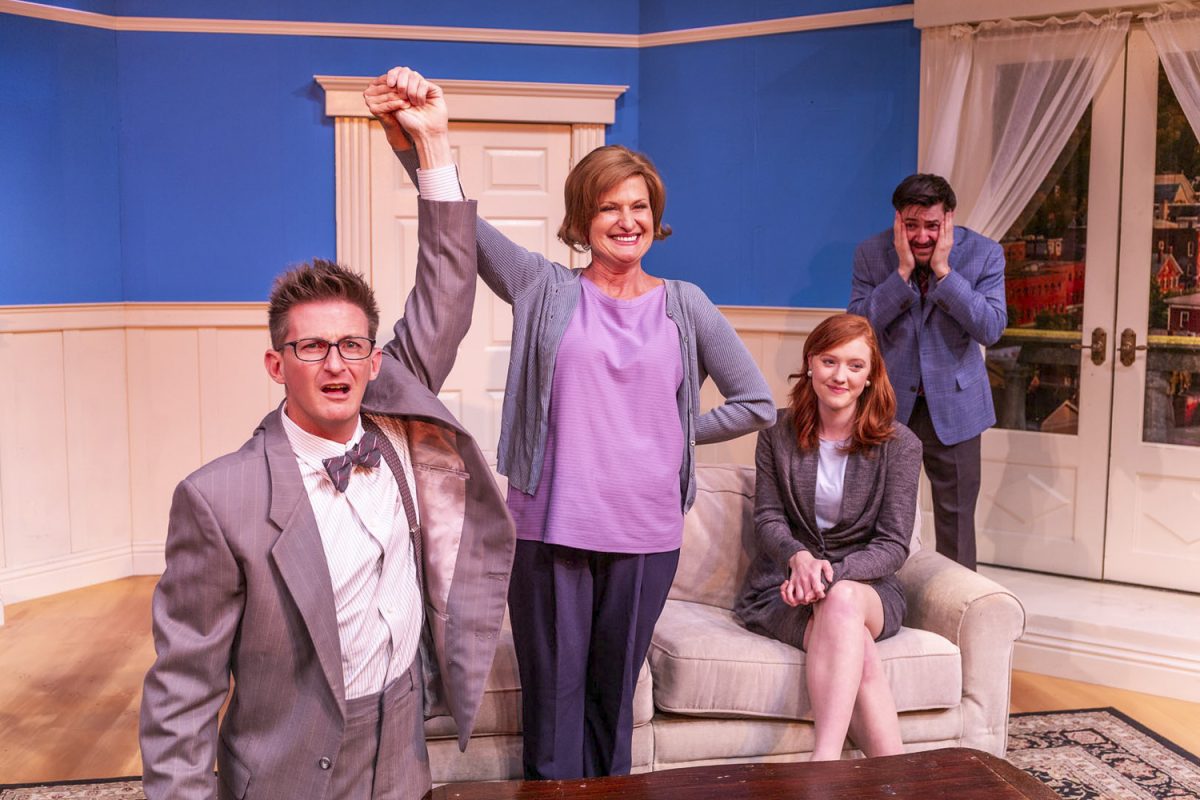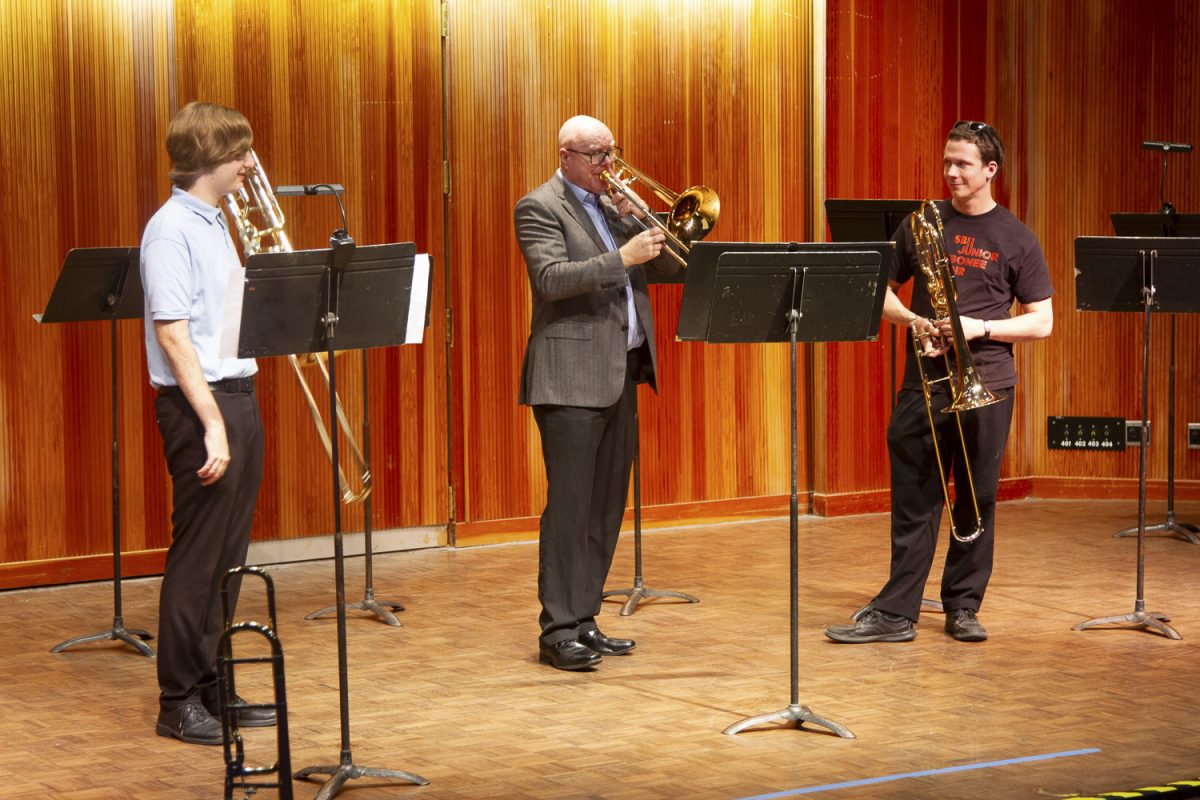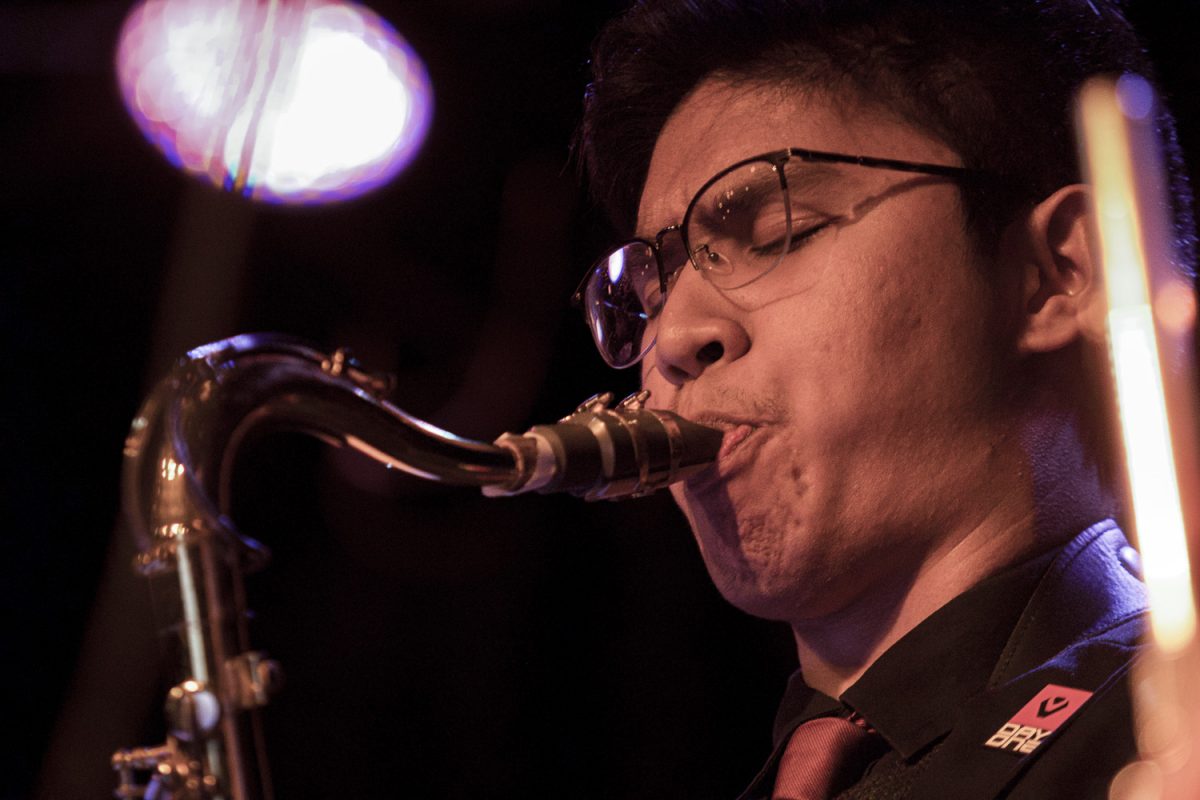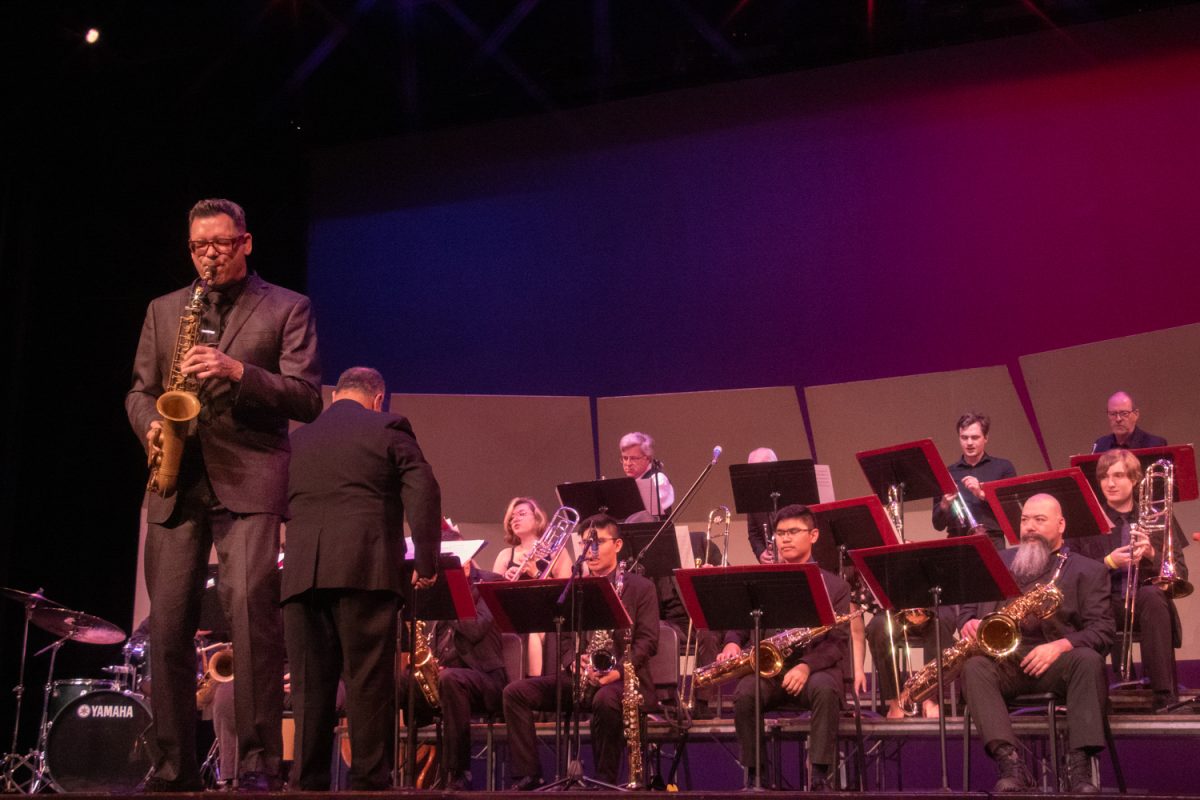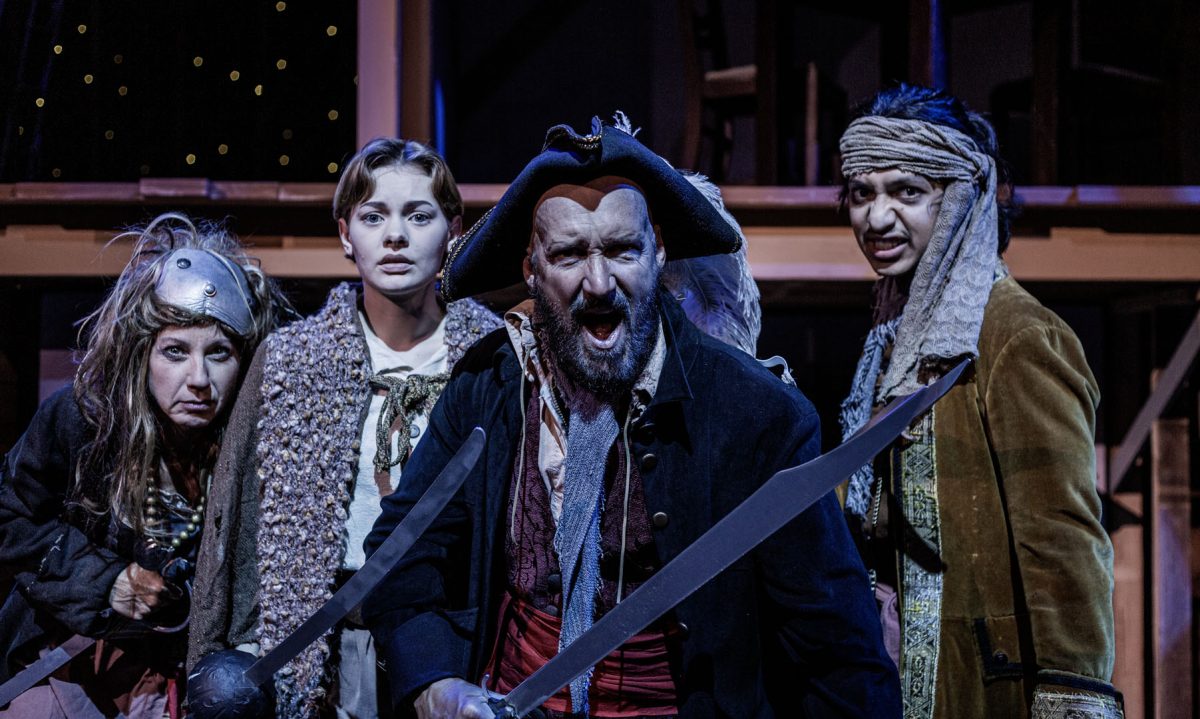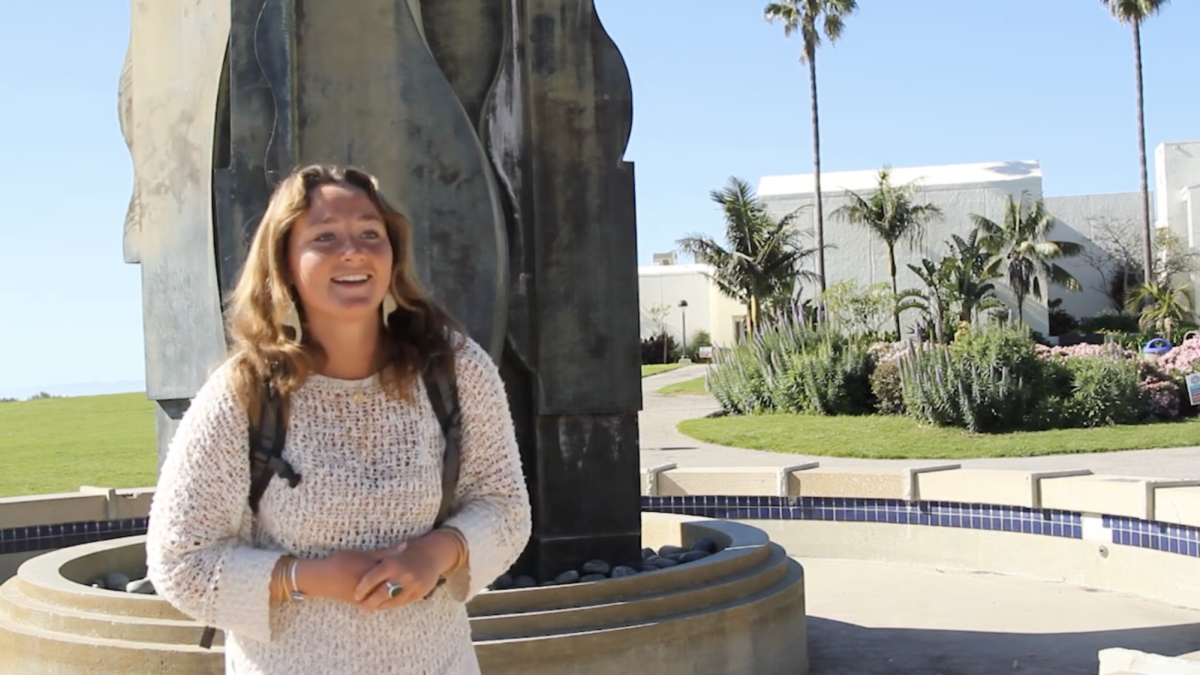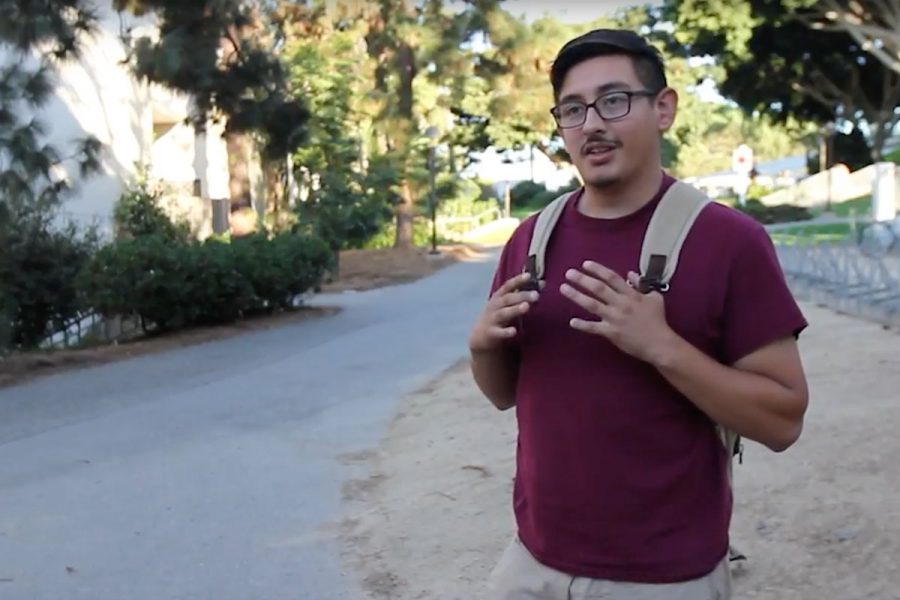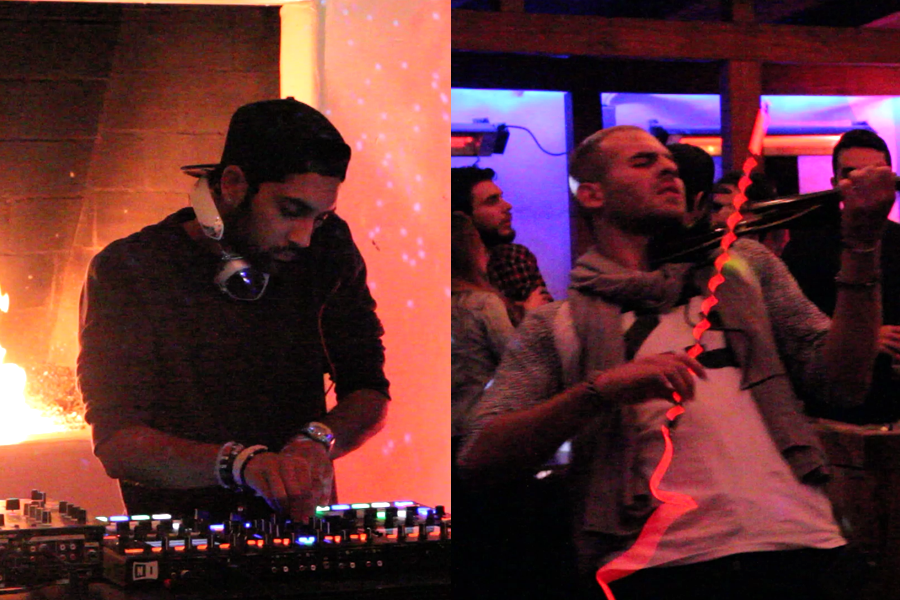The student brushed away the last of the eraser shavings and stacked the final drawing of a ball in motion on top of the other 23. He picked up the pile and walked over to Tom Decker.
“All set?” asked Decker, with a smile that stretched his thick, brown mustache.
The student nodded and both walked over to the animation camera. On the way there, the student asked about coloring.
Decker smiled again and said, “In professional animation, technicians do the coloring, but we’re teaching artists in this class.”
With 3-Dimensional Computer animation beginning to dominate the film industry, City College operates a comprehensive Digital Arts Center for students interested in a degree in that field.
But the first class listed in course requirements, Tom Decker’s Art 124A-Classical Animation I-takes place in Humanities 221, far away from the colored glow of the iMac screens.
Here, with pencils, paper, and imagination, Decker teaches the foundation of the art of animation: moving characters and shapes around.
It was moving characters that first attracted Decker to animation. He was always a fan of Ray Harryhausen’s stop-motion animation films and one summer while studying fine arts, he put together King Kong and dinosaur models and animated his own sequence.
“I really had fun with it,” he said. “From there it kind of mushroomed.”
Decker went on to learn technical animation in film school and landed a job at Filmation Associates, working as an assistant animator on shows like He-Man: Masters of the Universe, and Fat Albert.
After Filmation closed in the late ’80s, Decker decided he didn’t want to do the technical work that was involved with being an assistant animator.
“What I’ve found in the business of Hollywood is that’s where you become comfortable… you kind of get away from your dream of really being an artist,” he said. “I’ve been fighting that, so it’s kind of a personal deal for me.”
Decker’s decision to become a freelance animator led him to work on Slimer and the Real Ghostbusters, The Simpsons, and at Warner Brothers where he worked with Chuck Jones, creator of the Road Runner and While E. Coyote characters.
Jones unknowingly sparked Decker’s teaching career when he asked him to teach seven young Canadian animators after work.
“[The directors] were just working them hard and they were good animators, but they didn’t know about pulling it all together,” he said. “They didn’t know the details.”
During the semester, Decker makes sure his students know the details of the entire creative process of animation. They design a character, create a storyboard, pitch ideas, draw layouts, and animate two scenes from their story. It’s a lot of work.
There are noticeably less students at the end of the semester, but, “You can basically draw whatever you want as long as you follow a certain set of rules and it’s a chance to be really creative,” said Bethany Clement, a Media Arts Technology major who has taken both classical animation and computer animation courses.
Clement enjoys both animation methods but, “drawing is a little more difficult so therefore there’s a little more satisfaction in it… you’re working with just that one little piece of artwork, the character model, in computer animation, and with drawing you have to keep replicating and replicating and replicating.”
Decker himself has little personal experience in 3D animation, but he takes into account that many of his students go on to computer animation. He surveys his class at the end of every semester to get feedback on how this class works with 3D animation.
“What I have heard is that people who took the computer animation courses first and then took this were very disappointed that they hadn’t taken this class first,” he said. “They get more of an appreciation of what it takes to understand timing and volume and that kind of thing. They can apply that to those 3D characters as well as this.”
Britney Ayers, an animation major, has repeated Decker’s class twice for credits and confirms his beliefs.
“Classical animation definitely helps with computers, because at least you have the basic foundation of how animation works so then when you do the computer thing you already know 24 frames,” she said. “It’s just easier when you start at classical and then go computer instead of the other way around.”
While the class is important for students studying animation, Decker said the most important thing he wants to teach is an appreciation for “what has been done, both in the past and currently in animation and really what an amazing medium it is and how much work it really takes to get those few seconds on the screen.”






